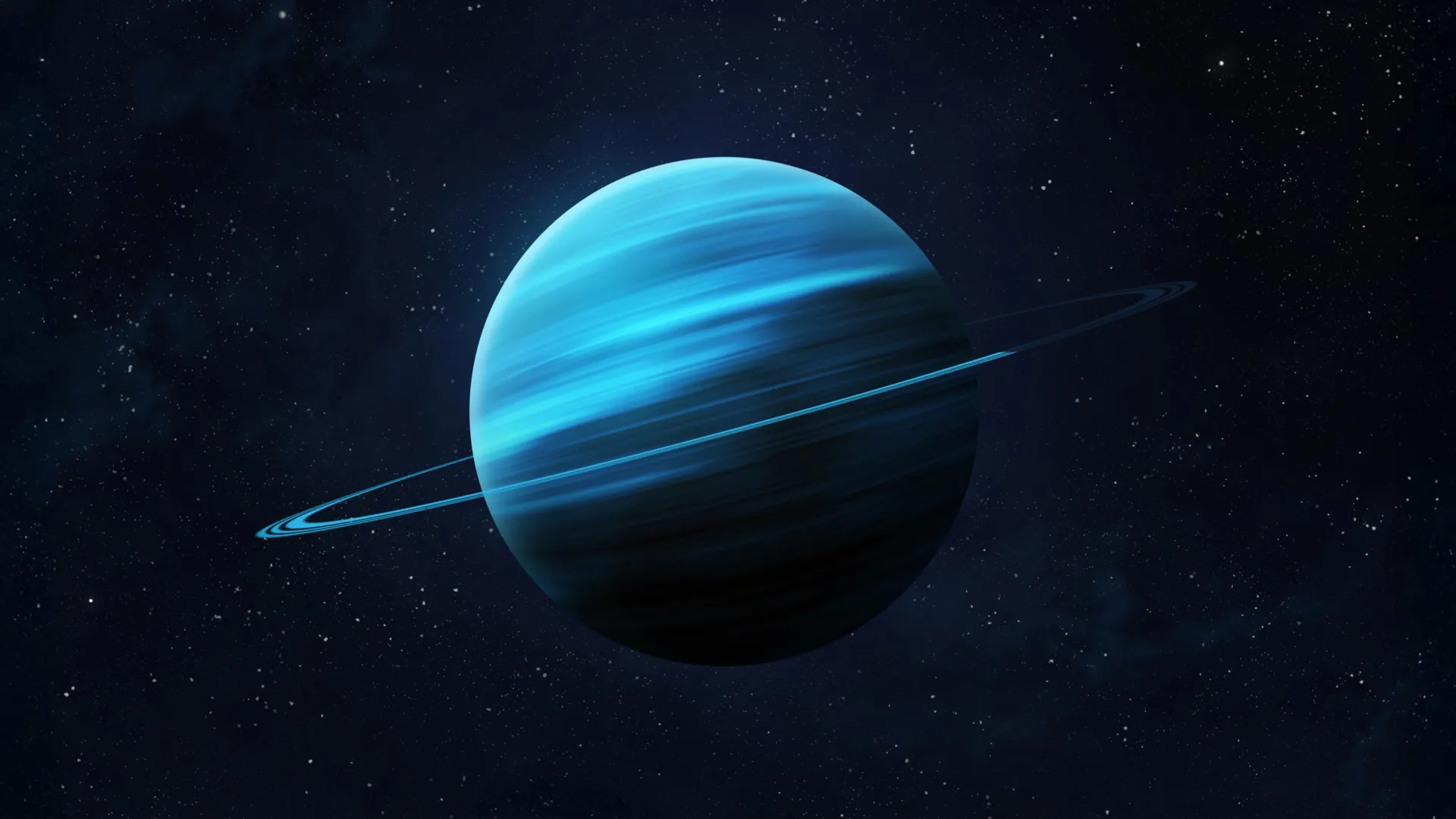
A new Swiss-led study uses innovative hybrid modeling to reveal that these planets could just as easily be dominated by rock as by water-rich ices.
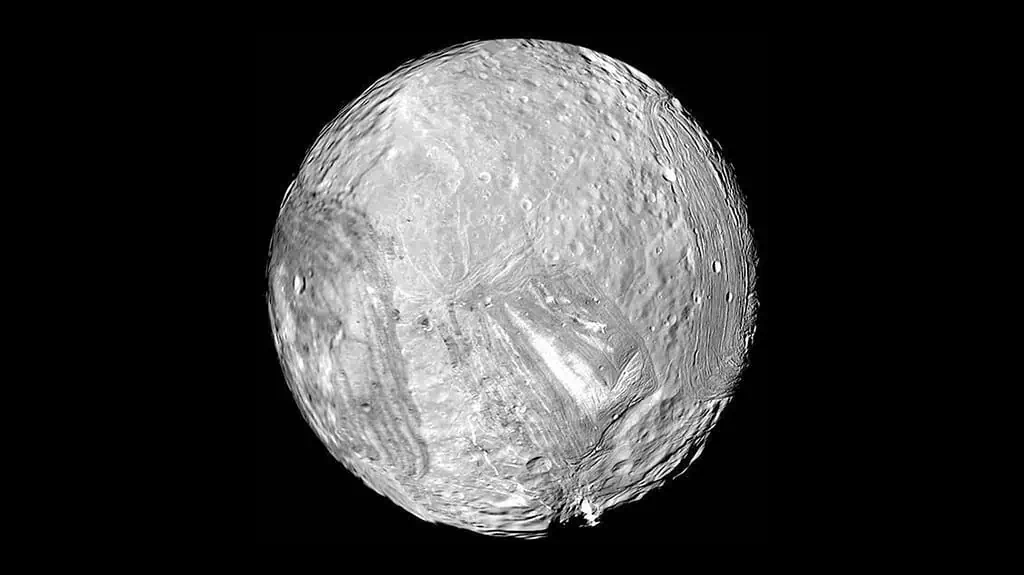
There are several frozen moons in our solar system, orbiting the gas giants. Some of them have liquid water under the surface and deep down in the dark, the ocean may be boiling.
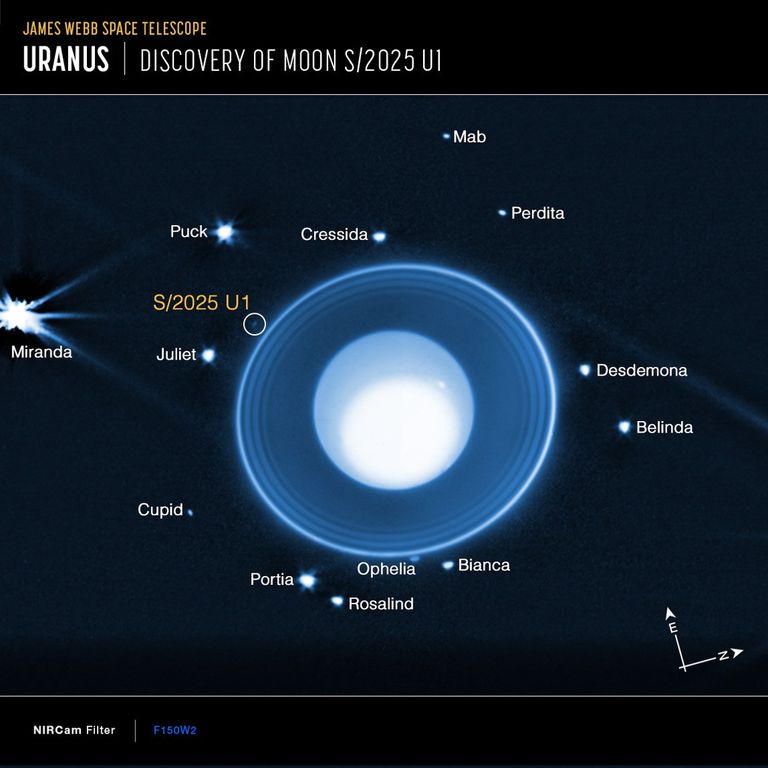
Using NASA’s James Webb Space Telescope, a team has identified a previously unknown moon orbiting Uranus, expanding the planet’s known satellite family to 29.

20 years of observations have given us more knowledge about the icy giant.

A 20-year Hubble study of Uranus provide valuable data for understanding the atmospheric dynamics of this distant ice giant, which can serve as a proxy for studying exoplanets of similar size and composition.

Last year, a study proposed that deposits of carbon dioxide ice and other carbon-bearing molecules on Uranus's moon Ariel likely originated from chemical processes inside the moon—possibly even from a subsurface ocean.

Measurements over the years show that the planet's upper atmosphere is cooling and that the temperature has halved. None of the other planets experienced the same changes.

For decades, we've thought we had a pretty good grasp of Uranus. The penultimate planet, our best measurements suggest, has a whole slew of idiosyncrasies. And one of the most puzzling is its magnetic field.
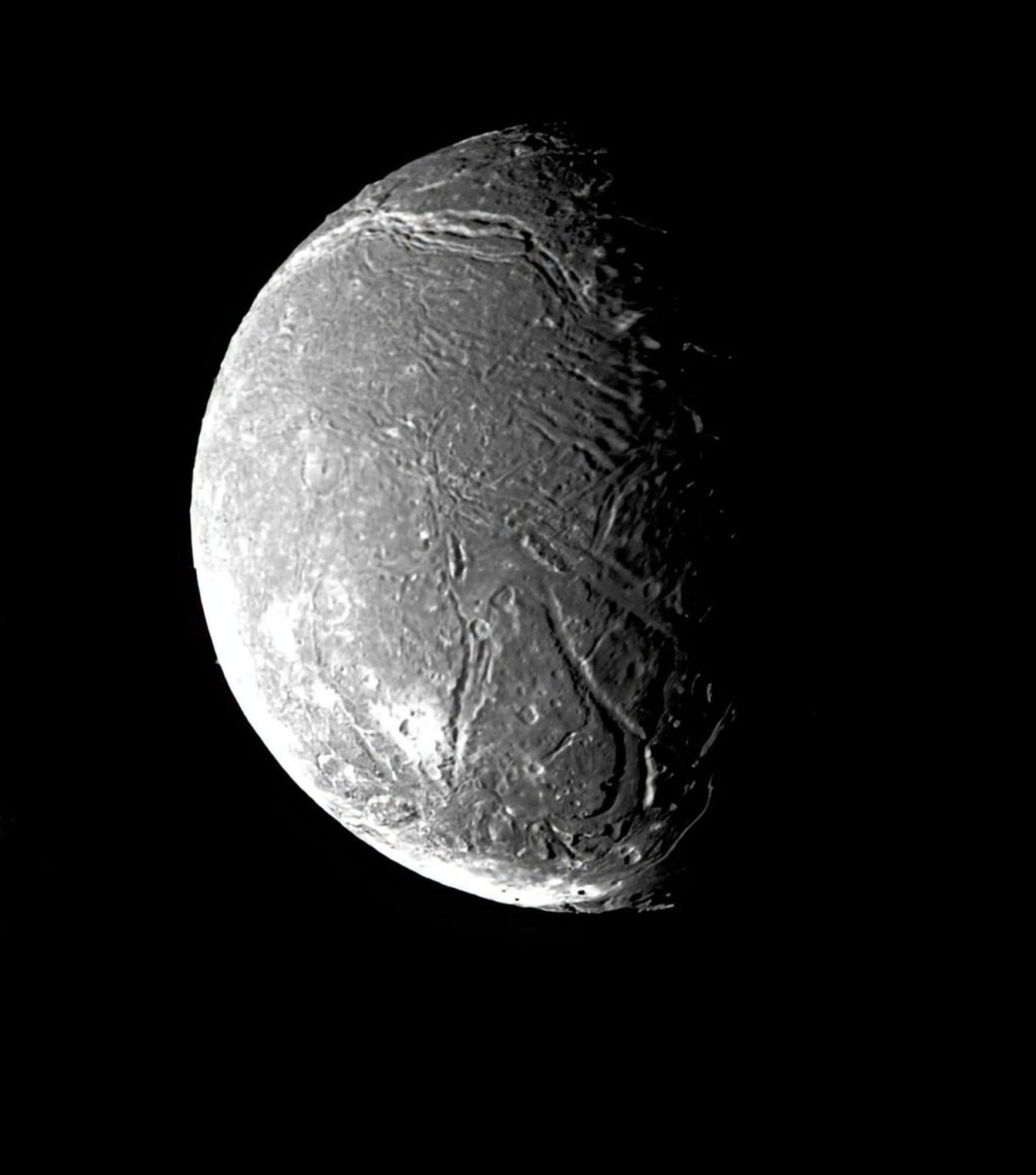
New research has revealed that the surface of Uranus’ moon Ariel is coated with a significant amount of carbon dioxide ice, particularly on its trailing hemisphere, which always faces away from the moon’s direction of orbital motion.
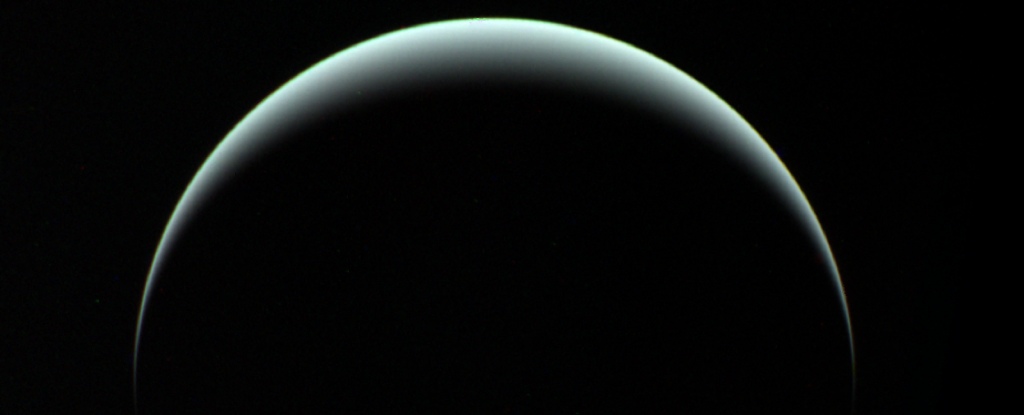
One of the most peculiar things about Uranus and Neptune is their magnetic fields.
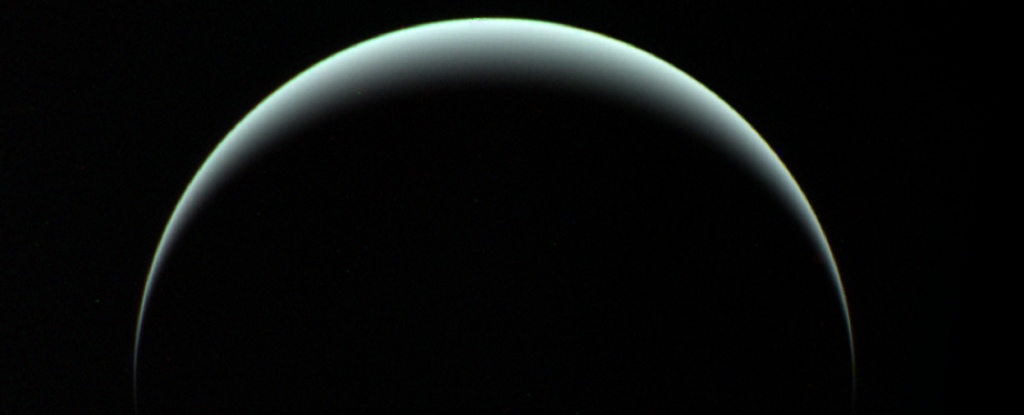
One of the most peculiar things about Uranus and Neptune is their magnetic fields.

The International Astronomical Union’s (IAU) Minor Planet Center announced the discovery of three new moons in our solar system Feb. 23. Uranus has one additional moon, while Neptune has picked up two.

An international team of researchers has gained new insights into the formation of diamond rain on icy planets such as Neptune and Uranus, using the X-ray laser European XFEL in Schenefeld.

Neptune is fondly known for being a rich blue and Uranus green – but a new study has revealed that the two ice giants are actually far closer in colour than typically thought.

The picture, resembling a glowing blue marble rippling into a black ocean, was funneled through the telescope’s infrared filters to capture wavelengths future space travelers wouldn’t see with the naked eye.